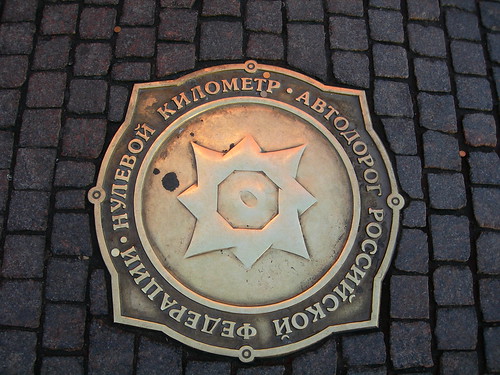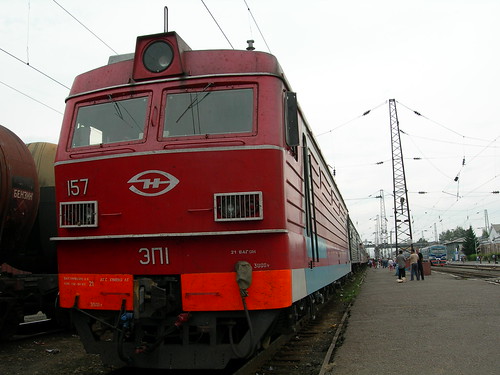Mongolain Hospitality

The last two weeks have been a mixture of blissful travel and humorous misphaps. I really have been enjoying the overwhelming hospitality of mongolian and kazakh families. I have been traveling constantly since I arrived, either by horse, shared jeep, on foot, or in the epic furgon – those seemingly indestructable russian trucks which break down about every hour and are painfully ressurected almost as often. I'm not sure which is harder on the body -- riding a mongol horse or riding in a jeep with twelve other people.
Transportation is a bit rough in a country with no roads.
Still, in the coutryside, one stops whenever necessary at the nearest ger where, no matter who you are, the family will welcome you in and give you tea and food. If it is nighttime, they will tie up the horses and keep them safe and give you a place to sleep. No payment is expected. There is only the notion that if they passed through a place where you are camped, you would do the same. In most of the placed where I have been staying, I have camped and cooked my own food. So, sometimes I visit families and sometimes people come to where I am camped to visit me. But, for the next few weeks, I will be staying with Kazakh families in their gers just outside Olgii and in the coutryside furhter west near the border with China.
The gers out here are amazing. Kazakh gers are a bit different in style, decoration and form. I was worried that I was coming out west too late, but it seems the timing couldn't be perfect. As it is just beginning to get cold, many families are moving to winter sites and I've already been able to see some gers come down and get loaded up on camels or trucks. The Kazakh families out here stay in the mountains for much longer and then head towards Olgii, while the Mongolian families in the Namarjin vally began to clear out earlier and head towards Khovd.
Last week, I spent a a few days visiting a lone American Peace Corps volunteer named Emily stationed out in a Myangad Soum (a small village about 60 km from Khovd). Sadly, the day before I arrived, she found out that she is being relocated because of the treat of avian flu in the region. She is being moved back somewhere in Tov Aimaig. But, we came anyway so I could see her ger and hasha and she could say goodbye to the other teachers, take her ger apart and retrive her winter clothes. Sadly, we arrived to find her ger missing, most of the teachers gone to a conference and the school closed for massive renovations. Classes are supposed to begin Monday, but there is no way anyone will be able to work in the building till nearly November from the looks of the things inside. The countrysdie families somehow got word of all this, so no one has moved thier gers to the town and the aside from the enormous swarm of mosquitos, the place was fairly deserted. So, instead we camped out in the old “hotel” (a bunch of empty rooms where some teachers are also camped out) and visited the director’s wife who kept us fed and entertained.
Somewhere in the mix of things, someone managed to steal my shoes.
Luckily its not too cold in Olgii yet. But, the mongol winter comes on fast and strong and I’m just stomping around in my sandals and a thick pair of socks. For now, my pack is full of dried cheese, almonds, one extra layer, a sleeping bag, and my tent. I suppose I’ll have to find some mongol boots before I go out to the mountains.
But, you’re not having an adventure unless someone steals your shoes... right?



